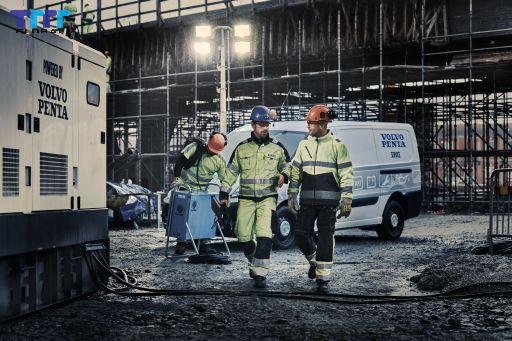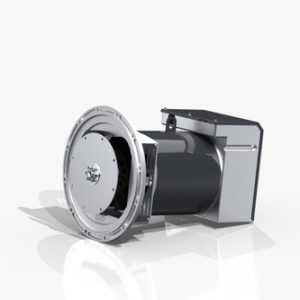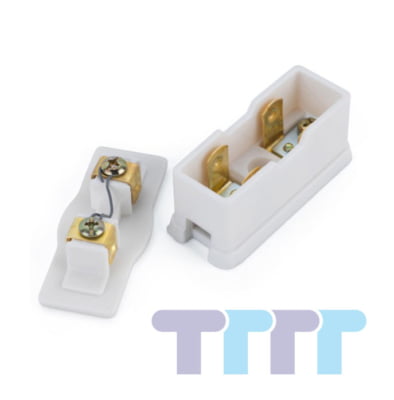In electrical engineering, the conversion of mechanical energy into electrical energy is a fundamental principle, playing a vital role in most industrial systems, transportation, renewable energy, and daily life. One of the most iconic devices for this process is the Dynamo – also known as the rotating DC alternator. Although developed early in the history of electrical science, the Dynamo still holds a crucial role in many specialized applications. This article provides a comprehensive overview of the Dynamo, from its concept, structure, and operating principle to practical applications, common technical issues, and troubleshooting methods.
Contents
I. Concept and Operating Principle of the Dynamo
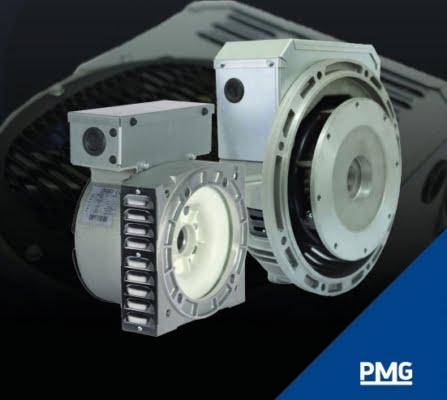
1. What is a Dynamo?
A Dynamo is a type of rotating alternator that converts mechanical energy (typically from rotational motion) into direct current (DC) electricity. It was the first type of alternator ever invented, marking the beginning of the modern electrical age. The inventor of this device was physicist Michael Faraday, who discovered electromagnetic induction in 1831, laying the foundation for all future electrical devices.
While alternating current (AC) alternators are more common today, Dynamos are still used in systems that require stable DC power, especially in configurations that demand simplicity and ease of maintenance.
2. Basic Structure and Classification of Dynamos
a. Basic Structure
A typical Dynamo consists of the following main components:
Rotor (Rotating Part): Usually contains magnets or windings to create a magnetic field
Stator (Stationary Part): Contains windings where the electrical current is induced
Brushes and Commutator: Mechanical contacts that convert the alternating current (AC) generated into direct current (DC)
Shaft and Bearings: Support smooth and stable rotation
Protective Casing: Shields internal components from external factors
b. Types of Dynamos
Dynamos are generally categorized into two main types:
Brushed DC Alternator:
Classic and simple in design
Used in small devices such as bicycles, fans, and toys
Easy to reverse current direction
Brushless DC Alternator:
Modern, with fewer mechanical failures and longer lifespan
Reduced wear and tear due to no physical contact
More complex control systems, often requiring electronic circuits
3. Operating Principle
The operating principle of a Dynamo is based on electromagnetic induction: when a conductor cuts through a magnetic field, an electromotive force (EMF) is generated.
The process works as follows:
As the Rotor spins, magnets or windings rotate through the magnetic field, changing the magnetic flux through the Stator coils
According to Faraday’s Law, an induced current is generated
The commutator and brushes rectify the AC into DC, delivering positive and negative outputs from the Dynamo
Real-life example: In vintage bicycles, pedaling rotates a small Dynamo attached to the wheel, producing DC power to light the headlamp.
II. Practical Applications and Technical Issues of Dynamos
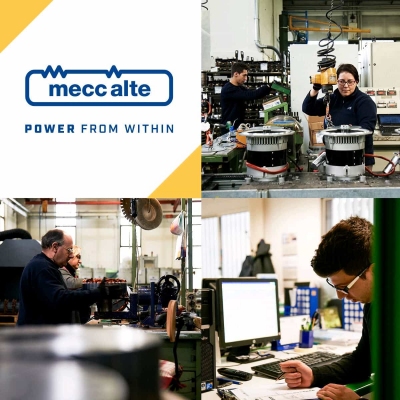
1. Practical Applications
Although largely replaced by AC alternators in modern systems, Dynamos still find utility in many areas:
a. In Daily Life
Bicycles: Used to power front lights, especially common in the 20th century
Mechanical Toys: Use manual cranks to generate light via Dynamo
Emergency Chargers: Some hand-crank flashlights use Dynamos to charge backup batteries
b. In Industry and Transportation
Trains and Ships: Used in older systems for starting engines or charging backup batteries
Micro-hydropower or household renewable energy systems: Use Dynamos to convert kinetic energy from water or wind into electricity
Military or Telecom Equipment: Ideal where stable DC and independent operation are Specialist
c. Emergency Power Systems
Dynamos serve as auxiliary alternators in backup systems, valued for their simple design and fast deployment.
See more: Understanding the Dynamo Generator and Applications
See more: 3kW alternators compact and efficient backup power solution
2. Common Technical Issues
Despite their simplicity and efficiency, Dynamos—especially models like Mecc Alte—can experience several technical problems. Here are common issues and how to resolve them:
a. Brush and Commutator Wear
Cause: Continuous mechanical contact creates friction
Effects: Arcing, reduced output, or complete power loss
Solutions:
Perform regular cleaning
Replace brushes with correct OEM specifications
Ensure commutator surface is not excessively scratched
b. Overheating (Excessive Temperature)
Cause: Overload, poor ventilation, or prolonged operation
Effects: Damaged windings, reduced lifespan
Solutions:
Install cooling fans or improve airflow
Reduce load or enhance heat dissipation
Add temperature warning systems
c. Mechanical Vibrations
Cause: Misaligned shaft, worn bearings, poor installation
Effects: Increased wear, noise, mechanical damage
Solutions:
Balance the rotor and shaft
Replace faulty bearings
Properly secure the device during installation
d. Burnt or Shorted Windings
Cause: Short circuits, overloads, or low-quality wiring
Solutions:
Periodically check winding resistance and insulation
Use overload protection and fuses
Use high-quality copper wire with proper gauge
III. Benefits and Future Prospects of Dynamo Usage
Although Dynamos are no longer the primary alternators in large-scale systems, they still offer distinct advantages:
Simple and easy to operate or maintain
Low cost, ideal for home use or remote areas
Highly flexible, can utilize available kinetic energy sources like wind, water, or manual cranks
In the era of sustainable and renewable energy, Dynamos may become an important auxiliary solution, especially in micro-grid systems or self-powered devices.
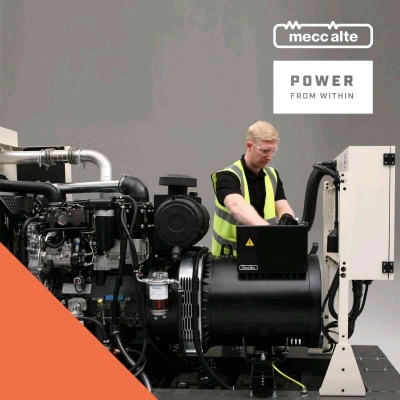
| Mục nội dung | Tóm tắt chi tiết |
| 1. Giới thiệu chung | Dynamo là máy phát điện một chiều sử dụng nguyên lý cảm ứng điện từ để chuyển năng lượng cơ học thành điện năng DC. |
| 2. Lịch sử và phát minh | Do Michael Faraday phát minh, đánh dấu bước ngoặt trong ngành điện học hiện đại. |
| 3. Cấu tạo cơ bản | Gồm rotor (phần quay), stator (phần tĩnh), chổi than, cổ góp, trục quay và vỏ bảo vệ. |
| 4. Phân loại Dynamo | Gồm loại có chổi than (brushed) và không chổi than (brushless). |
| Main Section | Key Content |
| I. Concept and Operating Principle | |
| 1. What is a Dynamo? | A rotating alternator that converts mechanical energy into DC electricity. Invented by Michael Faraday in 1831. Still used for stable, simple DC needs. |
| 2a. Basic Structure | Rotor, Stator, Brushes & Commutator, Shaft & Bearings, Protective Casing |
| 2b. Classification | Brushed DC Alternator: simple, for small devices |
| Brushless DC Alternator: modern, longer life, electronic control | |
| 3. Operating Principle | Based on electromagnetic induction (Faraday’s Law). Rotor cuts magnetic flux → EMF → current induced → rectified into DC by brushes and commutator |
| Real-life Example | Bicycle dynamo lights |
| II. Applications and Technical Issues | |
| 1a. Daily Life Applications | Bicycle lights, mechanical toys, emergency hand-crank chargers |
| 1b. Industry & Transportation | Used in old trains, ships, micro-hydro or wind setups, military & telecom systems needing DC |
| 1c. Emergency Systems | Auxiliary alternators in backup setups |
| Mecc Alte Examples | S15W (1–2.8kW), S16W (2.5–5kW) 220V alternators |
| 2a. Brush & Commutator Wear | Cause: friction; Effect: sparking, low output; Fix: clean, replace brushes, polish commutator |
| 2b. Overheating | Cause: overload, poor cooling; Effect: winding damage; Fix: add fans, reduce load, use temperature alarm |
| 2c. Mechanical Vibrations | Cause: misaligned shaft, bad bearings; Effect: wear, noise; Fix: rebalance shaft, replace bearings, secure unit |
| 2d. Burnt/Shorted Windings | Cause: overload, poor wire; Fix: use quality copper, test insulation, install protection |
| III. Benefits and Future Use | Simple, low-cost, easy to maintain, suitable for remote/off-grid use. Future use in micro-grids and self-powered renewable systems |
Company name:
TTTT GLOBAL co Ltd,.
- Address: Landmark 4 Building, Vinhomes Central Park, 720A Dien Bien Phu Str, Ward 22, Binh Thanh District, Ho Chi Minh City, Vietnam.
- Website: https://ttttglobal.com/en/
- Hotline: +84286 2728 334
- Email: Info@ttttglobal.com
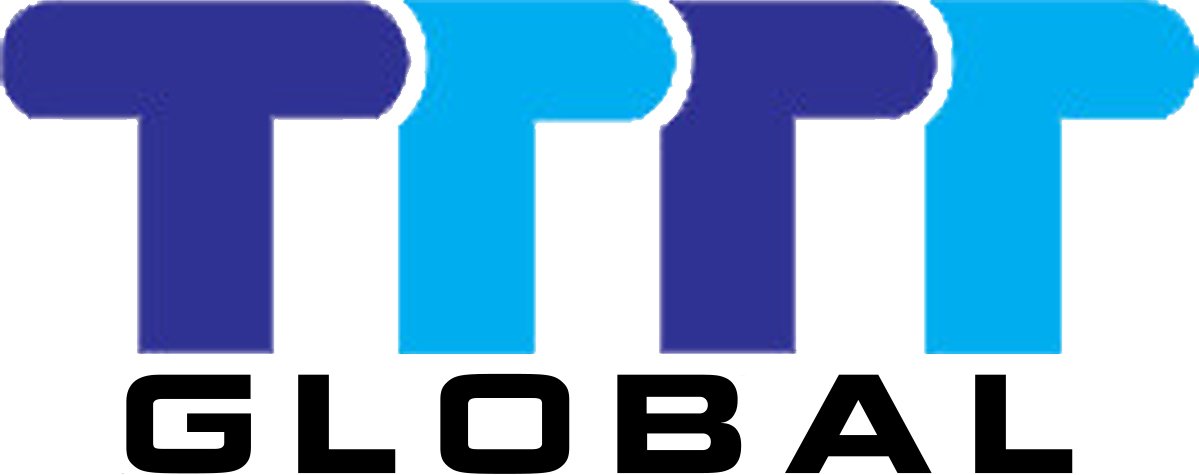
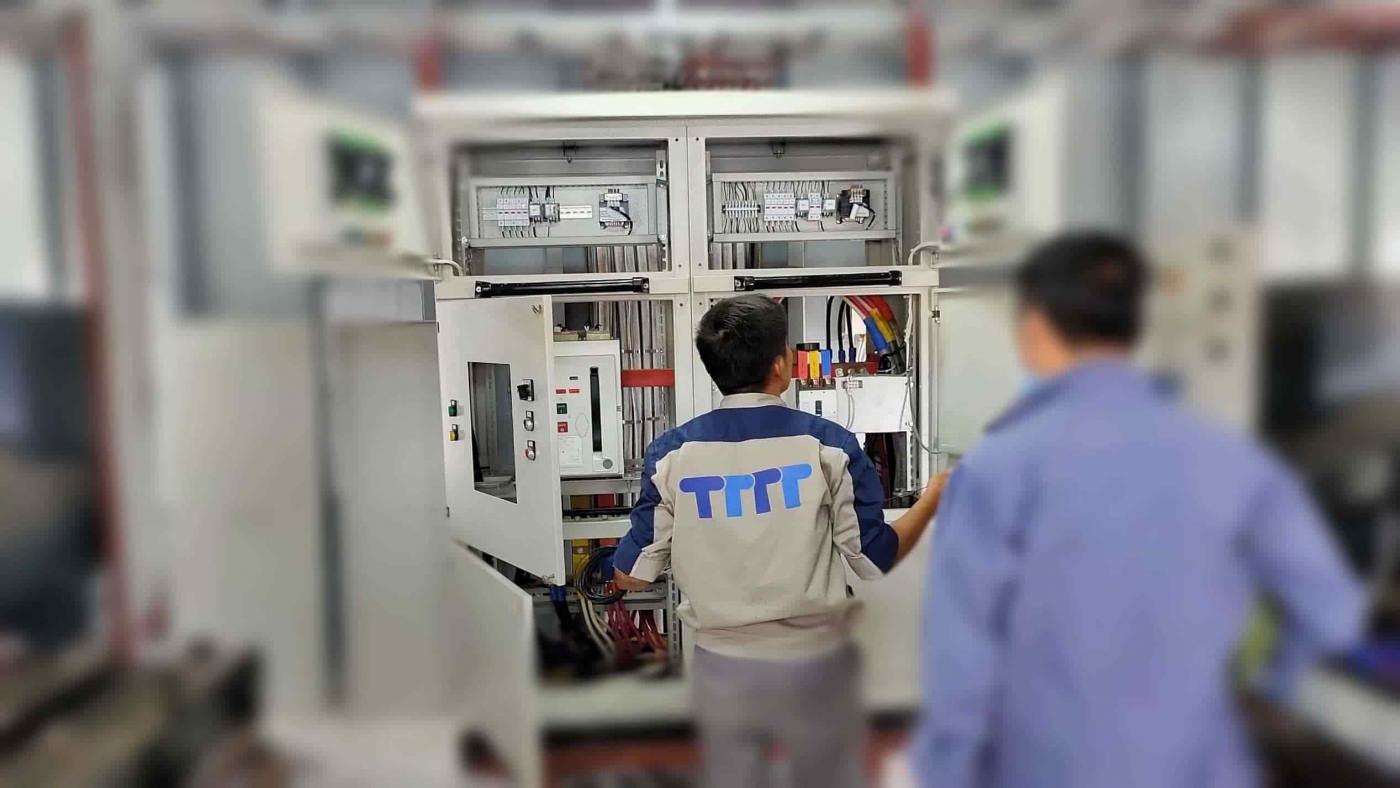
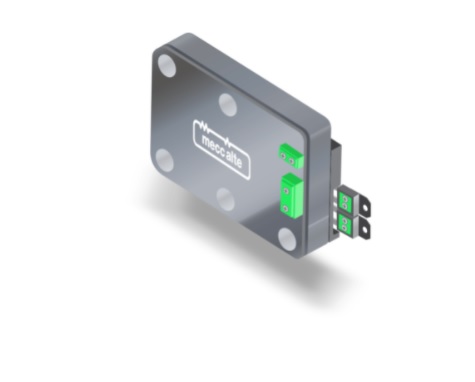
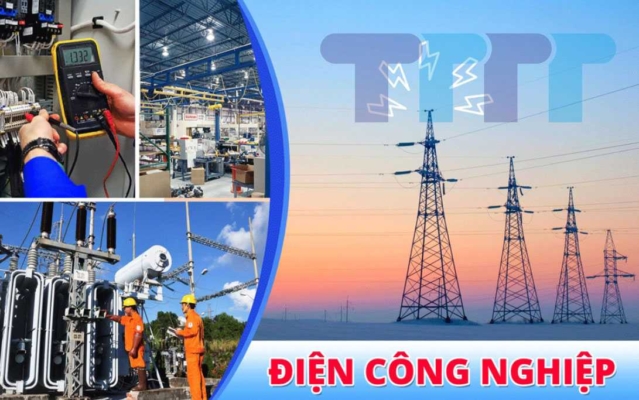
![Collection of genuine Volvo Penta TAD841GE PDF engine technical documents [Free download] General introduction to TAD841GE engine](https://ttttglobal.com/wp-content/uploads/2025/06/tad841ge-pdf-2.jpg)
